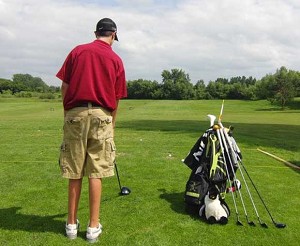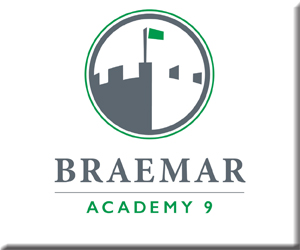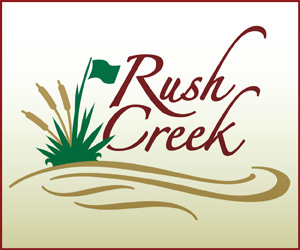Practice Makes Perfect…Right? That Depends On Your Practice
By Sheryl Maize
So, you want to improve your game. You’ve committed to spend more time working on your short game and practicing on the range. You may even have taken a lesson or two by now. You’re starting to hit it better when you practice, BUT now you can’t seem to make your game travel from the practice range to the golf course! Sound familiar?
This is a very common mid-season complaint I hear quite often from very frustrated golfers, especially those “Range Pros” who have spent a considerable amount of time perfecting their swings on the range.
So, the million dollar question: How can I make my skills transfer from the range to the course?
Practice is Essential and Must Have a Purpose
On any given night the practice range at Crystal Lake Golf Club is packed. From my lesson area, I see golfers whack ball after ball non-stop in what often looks like a desperate attempt to find and groove that perfect swing. Some never take both hands off the club before they “rake” in the next ball and whack away. Others rarely hold their finish position long enough to get feedback on what just happened in their swings. Many golfers just hit ball after ball doing the same thing over and over again, yet seemingly expecting a different/better result. Sounds vaguely like the definition I once heard for insanity!
Practice with a purpose. Tommy Armour used to make his students poise in their finish position until the ball landed and stopped rolling. I encourage my students to use that time to assess each shot, becoming aware of their balance and finish position. If they are working on a swing change they need to assess how well they accomplished their goal for that swing. I often have my students give each swing a rating (1 to 10) on how well they made the change. If something was off, they need to “change the channel” with a good practice swing before they hit the next shot. A pre-shot routine should be included during practice sessions. The goal is to make practice as much like playing as possible.
How to Practice: Block vs. Random
Most people utilize “block practice” methods: they hit shot after shot with the same club at the same target from the same lie. So, if you have a bucket of balls and hit ½ of it with a 7 iron at the 150 yard sign and then the other ½ with your driver at the 200 yard sign that is a “block practice” session. Block practice is effective in learning a new skill or feeling and in developing a pre-shot routine, but it gives a false sense of accomplishment that doesn’t transfer to the course.
How often do you hit a small bucket of balls onto a green with your 7 iron from 150 yards while on the course? Never, that is not how golf is played. Block practice has its place, but random practice will help transfer your skills from the range to the course.
Random practice means changing targets, changing clubs and even hitting from various lies for EACH shot. Numerous studies have shown that “block practice” makes players better in practice, but “random practice” is much more effective at facilitating long term changes and game improvement. When you are forced to constantly assess a situation, make decisions, visualize, go through your pre-shot routine and then execute a shot, you are more prepared to do it properly out on the course; when you only have one shot at doing it correctly.
Keep in mind that random forms of practice will have poorer practice results but lead to better on course performance.
Ways to Randomize Your Practice
So next time you are going to have a practice session at the course try starting with “block” practice if you are working on a drill or swing change. Then switch to “random” practice.
• Be creative and always have fun…remember it is a game
• Allow for self discovery time as you hit shots. There is no such thing as “failure”, only “feedback”
• Go through (or develop) your pre-shot routine before each shot
• Change clubs
• Change targets
• Add pressure
• Practice like you play the game: play 18 holes of your favorite course on the practice range
• Drop balls randomly and hit them from various lies, including divots!
• Play 9 holes on the putting green where every hole is a par 2
• Play the Game of 3, one chip/pitch onto the green and finish out with your putter for par 3
Practicing this way is hard work. It will take time and patience. I saw great results over the winter with my students in Florida who participated in my Supervised Practice Sessions. It was a great way to “Coach” my students on proper ways to practice like they play. It will certainly help your skills transfer from the practice range to the course!






























